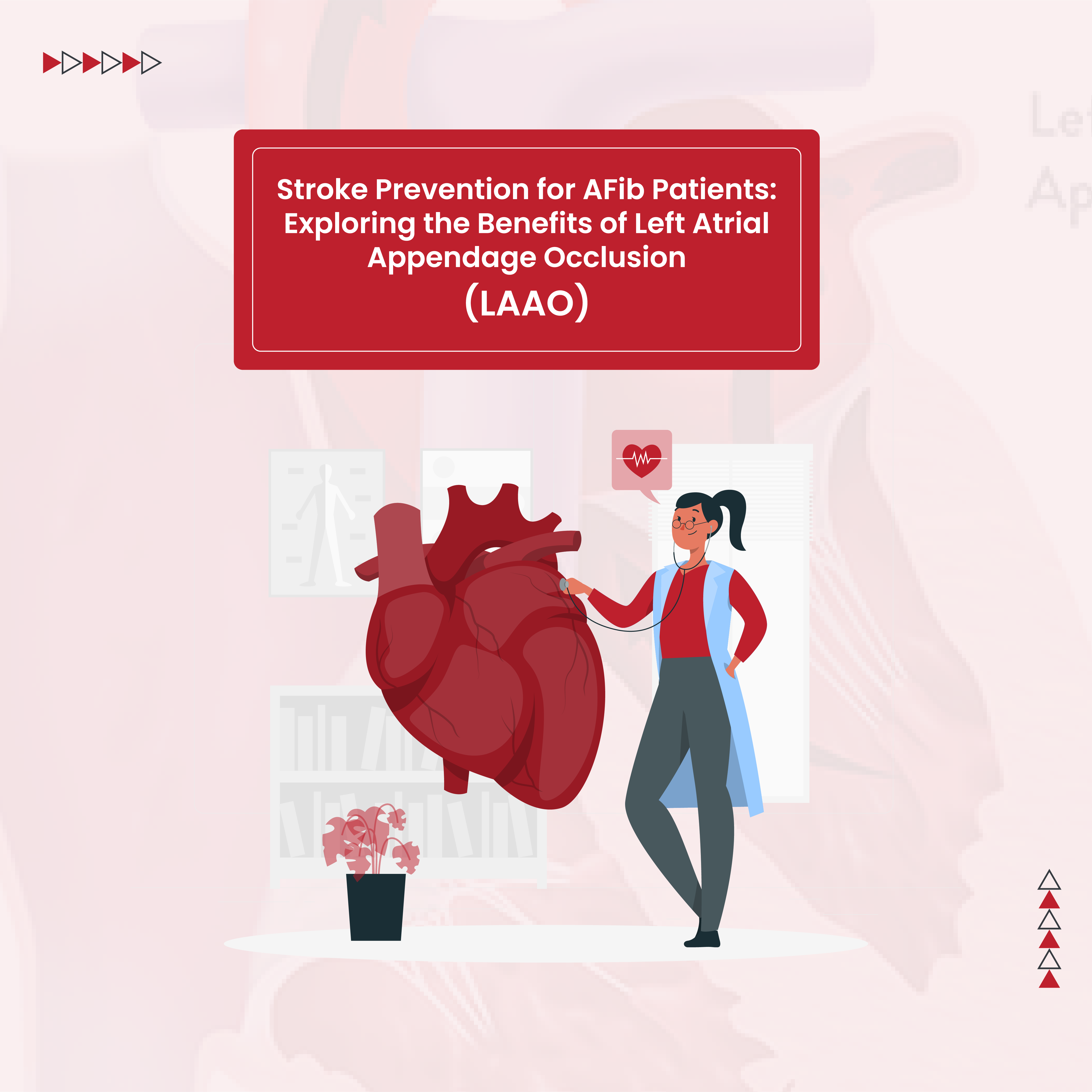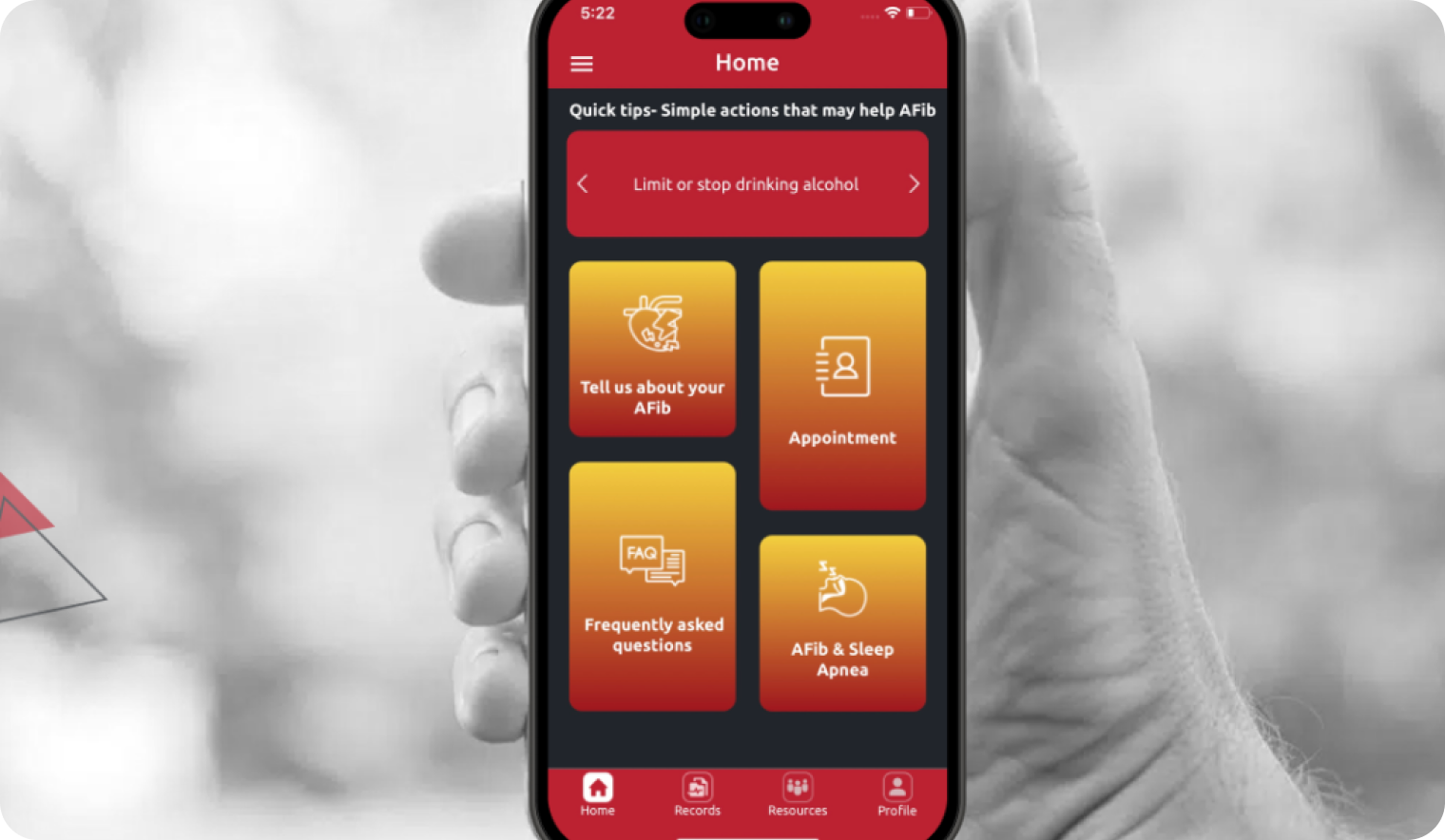Effective treatment of atrial fibrillation can be complex. It involves addressing lifestyle contributors, treating underlying conditions like sleep apnea and high blood pressure, medications and possibly procedures. We believe the most effective treatment plan is developed with a patient’s active involvement, taking their personal preferences and beliefs into account. This process is called shared decision making and puts patients at the center of their care.
One example of shared decision making in AFib surrounds anticoagulation, or avoiding blood clots.
- People with atrial fibrillation are typically at a higher risk of stroke than the general population.
- The first step in shared decision making is educating patients about their personal risk of developing a stroke related to AFib.
- Stroke risk is determined using a risk calculator where points are given for diseases and states which have been proven to increase stroke risk. The higher your score, the greater the risk of having a stroke associated with atrial fibrillation. The factors that impact risk and increase the score include…
- high blood pressure
- age greater than 65
- congestive heart failure
- Diabetes
- prior stroke / blood clot
- vascular disease, and
- female gender.
During the shared decision making process, clinicians will review stroke risk with patients and educate them about
treatment options to reduce risk. Options include…
- doing nothing
- taking a medication to thin your blood, or
- undergoing a procedure to close the left atrial appendage which is the area of the heart where most stroke-causing blood clots form.
The patient and provider will also discuss side effects and risk associated with each treatment option. The provider will take the time to learn about your lifestyle and personal preferences. Together, you determine which treatment
option works best for you given your goals and desires.
Shared decision making is not limited to determining the best options for stroke risk reduction. It is a powerful tool that can be used at every step along the way in the management and treatment of AFib.
- The shared decision making process actively engages patients in decisions related to care.
- The medical team takes the time to get to know patients and “what matters most” as it relates to treating AFib.
- Treatment options are described and your provider partners with you to explore these treatment options in the context of your preferences.
- Shared decision making combines evidence-based medicine with patient-centered communication and results in optimal patient care.
Visit The Scoop next week when we’ll discuss another helpful topic for AFib patients.








